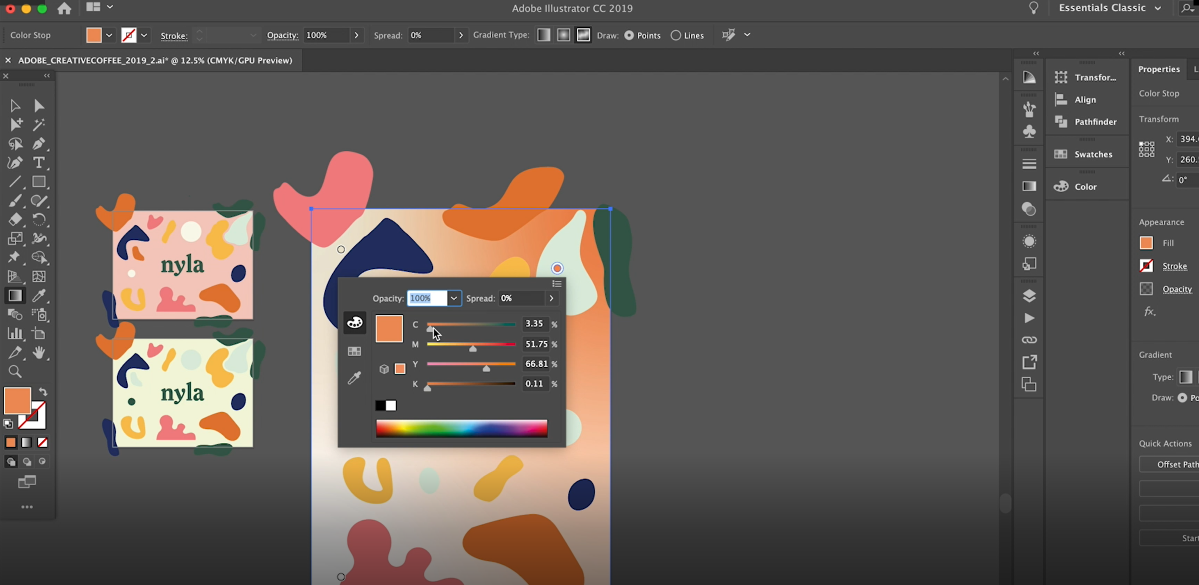A while back, I wrote a blog post with links to websites featuring picture communication symbol boards in Spanish. Premade communication boards with picture symbols like those mentioned make life easier, and can be used as is (manual boards), modified for the Picture Exchange Communication System (PECS) or placed in static communication devices.
Activity-Based (Sports, Mealtime) Communication Board Examples:
Basic Needs Communication Board Example:
Core Communication Board Example:
These boards are great resources for Augmentative and Alternative Communication (AAC); however, often the size and shape of these premade boards do not match a specific communication device. Also, the words/symbols are not always a match for a particular activity or for a particular individual’s needs. Customization is then necessary.
CREATING A BOARD IN ANOTHER LANGUAGE ON BOARDMAKER
Many clinicians, educators and caregivers use Boardmaker to create communication materials for individuals who use alternative methods of communication. Boardmaker v.6 includes up to 44 languages for the communication needs of clients who present as culturally and linguistically diverse.
Customization:
To customize a symbol for a bilingual client with Boardmaker, first find the template that matches the client’s needs. Boards come in a variety of sizes. Some templates on Boardmaker are designed for specific devices. Once the number of cells and board size has been established, locate the desired symbols for the board. When choosing each symbol, using the search feature, simply type the word in the other language under the section “alternate name,” which will then replace the English word that is included by default beneath the symbol.
Note: Even if the user is not yet a reader, keeping a word beneath the symbol may assist them in understanding sound-letter correspondence in the future.
TEACHING LANGUAGE IN TWO LANGUAGES USING A COMMUNICATION DEVICE
Clients who use an AAC device benefit strongly from the support of the picture symbols for visual feedback. Emerging readers also benefit from having the word featured below the communication symbol. When creating a bilingual communication system using a static communication device such as a TechTalk, Proxtalker or GoTalk, it’s important to teach words in the language(s) that the client uses in all environments, including academic, work and home settings. After all, a device is most successful when it is effectively used among both familiar and unfamiliar people, in a variety of settings. The teaching process may vary depending on the client’s needs, but there are some guidelines that I recommend based on my own experience with AAC and multilingual individuals.
WHAT WORDS DO I USE?
As a general rule for all clients, I initially create communication boards using core vocabulary in the home language and the new language. These are words we use in everyday situations that can be applied to a variety of activities in many different environments. For example, words such as want, like, do, bathroom, more, I, hi and bye can be used in many different situations, and can even be combined for more advanced sentence formulations (i.e. “I” + “want” + “more” to request). Once these words are mastered, I then expand upon the individual’s vocabulary depending on the needs of the client.
SEPARATE BOARDS
I start by teaching a core word or set of core words simultaneously in both the home language and the new language, but on separate communication boards. For example, a Spanish-dominant child who is working on requesting basic wants and needs would be taught a word such as “more” in Spanish and in English on a communication device, using two different boards. If the child requests a preferred item by stating “more” in the speech therapy session using the English communication board, I would verbally reinforce the production in the other language by stating “Me dijiste más” (meaning “you said ‘more'”). In order for the word “more” to be mastered, it should not be used to request just one preferred item/activity, but rather, a variety of preferred items/activities such as food, toys, and board games. Requesting should be done in both languages.
I also place the symbols with the words in the same row and column on two separate communication boards for each language, such as the two mini two-cell boards shown here:
For some clients, creating a symbol with a word in both languages on one board may be appropriate:
This would be beneficial for a user who understands that these two words mean the same thing in their home language and in the new language (or L2)
Audio Feedback
For communication devices with voice output, a recording of each word in both languages is necessary. Often this is quite simple, as many devices have different levels where numerous boards can be recorded into the system. The audio feedback is ideally, a voice of someone who is a native speaker of the home language of the client, the same gender and similar in age. This will help the client to identify with the voice and become comfortable using the device. It should also, ideally, be the voice of someone who they do not know to eliminate confusion. This way they won’t think, “Hey, that’s my brother’s voice!”
For additional questions/comments regarding AAC and the needs of multilingual clients, please write below or to bilingualspeechtherapist@gmail.com.
























